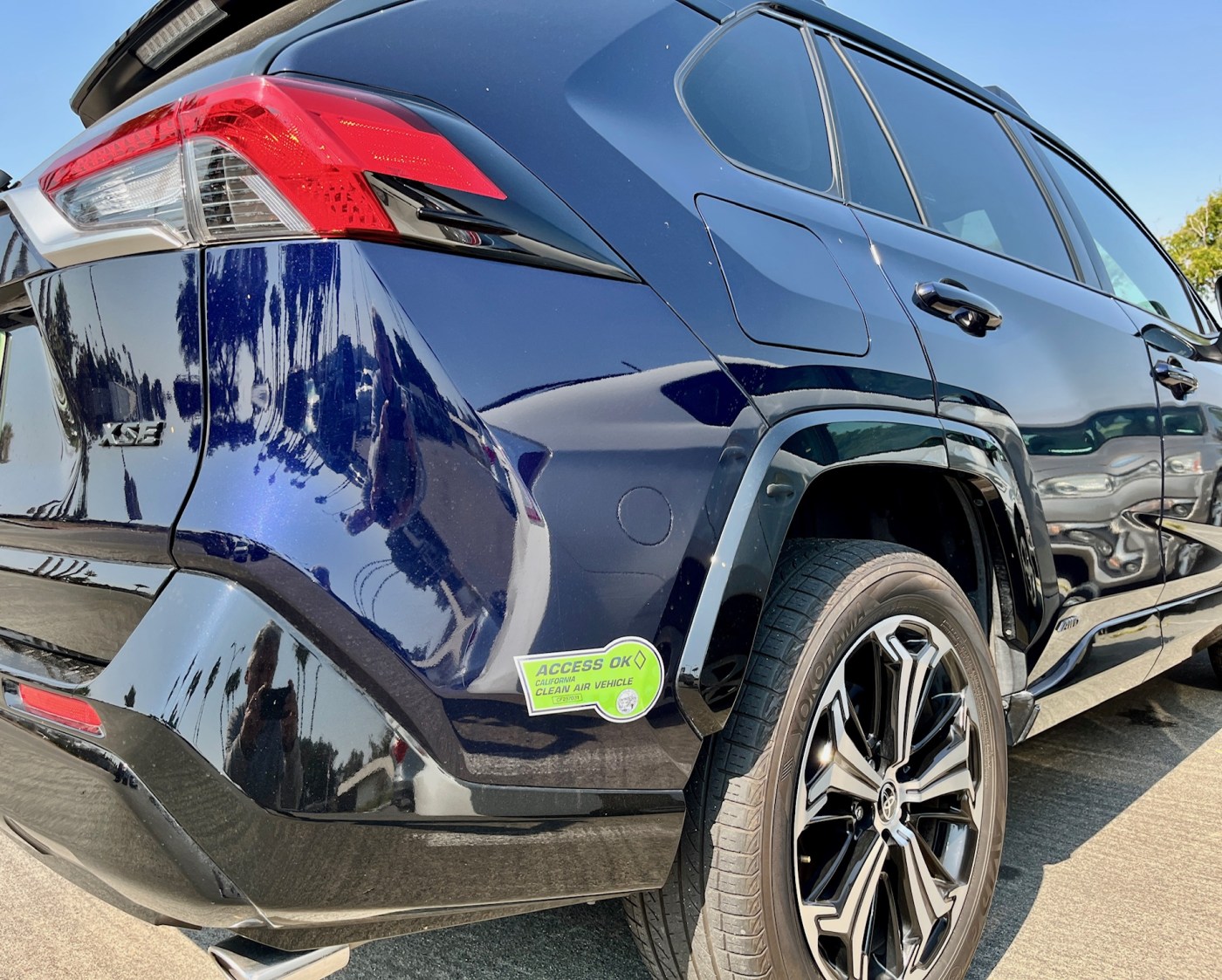Q: Hello Mr. Honk! As an electric-vehicle driver with stickers, I closely follow all of your carpool updates. You recently notified us that the California Highway Patrol would give no grace period when the Clean Air Vehicle program ends on Sept. 30. However, a legal friend of mine points us to the California Vehicle Code, Section 5205.5(k). It states that if federal authorization expires, drivers shall not be cited for carpool-lane violations for 60 days. How does the Department of Motor Vehicles and the CHP intend to apply this law? Thanks!
– Eric Brown, Laguna Niguel
A: The way your sharp friend suggests.
Yes, state officials had said there would be no grace period.
But your question prompted Honk to dial up Lt. Matt Gutierrez, based in the California Highway Patrol’s headquarters up in Sacramento.
The CHP had become aware of that law, and he kindly flipped Honk a statement from the agency:
“The California Highway Patrol’s goal is always to educate the motoring public when there’s a change in the law,” he said. “State law provides a 60-day transition period beginning Oct. 1, during which drivers with a valid clean-air decal will not be cited for driving alone in the carpool lane.
“After that, driving solo in the carpool lane could result in a citation.”
Q: Dear Mr. Honk: I have three different styles of license plates with the same license-plate number: Yellow on blue, the current standard-issue one with blue lettering on a white background, and the Yosemite version that is on the vehicle now. I have gotten them over the years. Is it illegal to switch them around for a different look? I have both plates for each version.
– Sharel Rittberg, Laguna Hills
A: That sounds like fun, Sharel.
Even if it was OK, you would need to do it only once a year, when you apply your new registration sticker to the back plate. Trying to remove the tag without destroying it would be less likely than Honk winning a beauty contest.
But, alas, switching plates is not OK.
“The interchange of license plates is not permitted,” Geovana Herrera, a spokesperson for the DMV, told Honk in an email. “Each vehicle is assigned a single plate model and sequence, which is recognized by the DMV system.
“When a customer switches to a special license (plate), they should surrender the old license plates to the DMV.”
Officially, if they are personalized plates, the DMV says, you can pay $43 a year to keep them in a drawer or nail them to a wall if you like. Otherwise, officially, you are supposed to turn them in.
And, yes, officers can tell via their squad-car computers what plate style is supposed to be on the vehicle.
HONKIN’ UPDATE: During the 25-year lifespan of the Clean Air Vehicle program, the state has provided 1,213,479 sets of stickers, according to the California Air Resources Board. They have let owners of qualifying zero- and low-emission cars and trucks ride without a passenger for several years in carpool lanes, after which a new batch of car and truck models got the same perk.
About 500,000 vehicles currently have the stickers.
To ask Honk questions, reach him at honk@ocregister.com. He only answers those that are published. To see Honk online: ocregister.com/tag/honk. Twitter: @OCRegisterHonk
